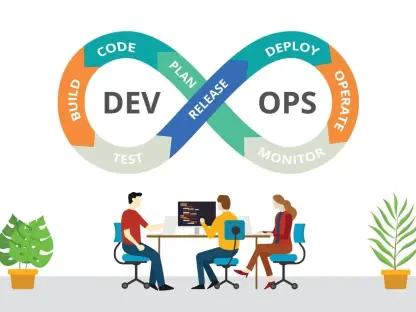The recent release of a critical security patch by Palo Alto Networks has brought a significant vulnerability to light in its PAN-OS operating system. This system, which is the core of Palo Alto’s firewall and network security appliances, was found to have a high-severity flaw that could potentially allow attackers to initiate denial-of-service (DoS) attacks. Identified as CVE-2024-3393 and assigned a CVSS score of 8.7, this vulnerability could lead to severe disruptions in network operations for many organizations. Given the importance of network protection, addressing this vulnerability is crucial for maintaining operational integrity and preventing potential security breaches.
This flaw arises from a weakness in the way PAN-OS processes specific network traffic types, making it prone to attacks that could disrupt services. The discovery of CVE-2024-3393 underscores the necessity for proactive vulnerability management and timely patching in the contemporary threat landscape. As this vulnerability could affect a wide range of organizations relying on PAN-OS appliances, immediate action is required to secure these networks.
1. Install Updates Immediately
The most critical step in addressing CVE-2024-3393 is to install the latest updates provided by Palo Alto Networks. Security patches that mitigate this vulnerability are available, and it’s imperative for organizations to apply these updates swiftly. This action not only prevents potential DoS attacks but also helps in maintaining the overall stability and security of the network.
Moreover, it’s essential to ensure that all devices, including backups and secondary systems, are updated uniformly. Often, organizations may overlook updating auxiliary systems, which can become weak points in the network’s security architecture. By ensuring comprehensive updates, organizations can close any loopholes that attackers might exploit. This step forms the foundation of a robust defense against the identified flaw.
2. Implement Interim Mitigations
For organizations that cannot implement the updates immediately, it is advisable to apply interim mitigation strategies recommended by Palo Alto Networks. One such strategy includes limiting access to the management interface to reduce the attack surface. Restricting access ensures that only authorized personnel can interact with critical network components, thereby reducing the risk of exploitation.
Additionally, setting up advanced traffic rules to detect unusual behavior can act as a proactive measure to identify and mitigate potential threats early on. Organizations should leverage Palo Alto’s Threat Prevention services to monitor for attempts to exploit CVE-2024-3393. These services can provide real-time alerts and insights, enabling security teams to respond swiftly to any indicators of compromise. By implementing these mitigation strategies, organizations can reduce the immediate risk until the patch is applied.
3. Improve Network Monitoring
Enhancing network monitoring capabilities is another vital step in securing your infrastructure against DoS attacks. Deploying network detection and response (NDR) solutions can help in identifying suspicious patterns associated with potential DoS attempts. These tools are designed to detect anomalies in network traffic, providing early warnings and allowing for timely intervention.
Regularly reviewing logs for abnormal traffic spikes or unusual activity targeting PAN-OS systems is equally important. Consistent log analysis can uncover patterns that might indicate an ongoing or impending attack. By maintaining vigilant network monitoring practices, organizations can detect and respond to threats before they escalate into full-blown incidents. This proactive approach is crucial in mitigating the risks posed by vulnerabilities like CVE-2024-3393.
4. Evaluate Business Continuity Plans
Evaluating and updating business continuity plans is essential to ensure that operations can continue with minimal disruption in the event of a DoS attack. This includes regular testing of backup systems and disaster recovery protocols to confirm their effectiveness. By preparing for a potential security incident, organizations can reduce downtime and maintain critical services even if an attack occurs. This comprehensive approach to network security, combining immediate patching with ongoing monitoring and strategic planning, will help safeguard your organization against threats like CVE-2024-3393.









